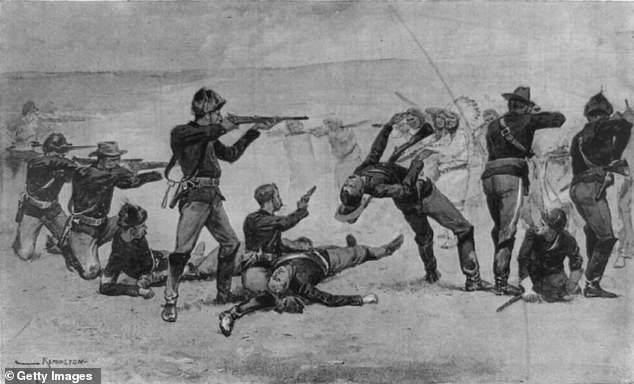The Pentagon has launched a review that could lead to the revocation of 20 Medals of Honor awarded to soldiers in the Wounded Knee Massacre.
Defense Secretary Lloyd Austin has ordered a review of awards given to those who served in the 1890 battle in South Dakota.
About 250 Native Americans, including women and children, were killed in the fighting and at least 100 others were wounded.
Medals of Honor were awarded to 20 soldiers from the 7th Cavalry Regiment for their actions on the Pine Ridge Indian Reservation near Wounded Knee Creek.
His awards cited a variety of actions including bravery, efforts to rescue fellow troops, and actions to “dislodge Sioux Indians” who were hiding in a ravine.
About 250 Native Americans, including women and children, were killed in the fighting and at least 100 others were wounded.
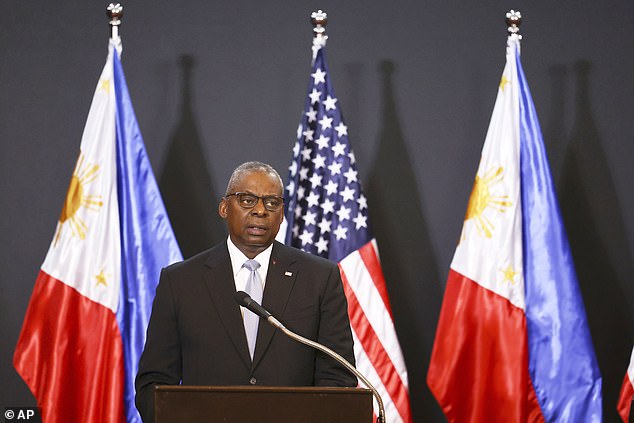
Defense Secretary Lloyd Austin has ordered a review of awards given to those who served in the 1890 battle in South Dakota.
Native American groups, advocates, South Dakota state lawmakers and several members of Congress have called on officials to revoke the awards.
Congress apologized in 1990 to the descendants of those killed at Wounded Knee, but did not revoke their medals even though it considered it a massacre at the time.
In a memo signed last week, Austin said the panel will review each award “to ensure that no soldier was recognized for conduct that did not deserve recognition.”
These could include raping or murdering a prisoner or attacking a non-combatant or someone who has surrendered.
In a 2024 University of Oklahoma paper written by Dwight Mears, an Army veteran and former West Point professor, Mears said most recipients did not meet the requirements.
Mears wrote in his conclusions that two soldiers could have their medals revoked because of their actions.
While another, Private Matthew Hamilton, received the medal for “cornering and driving into the skirmish line a stampeding pack mule.”
Austin has ordered the panel to submit recommendations to him by Oct. 15 on each medal awarded, according to USA Today.
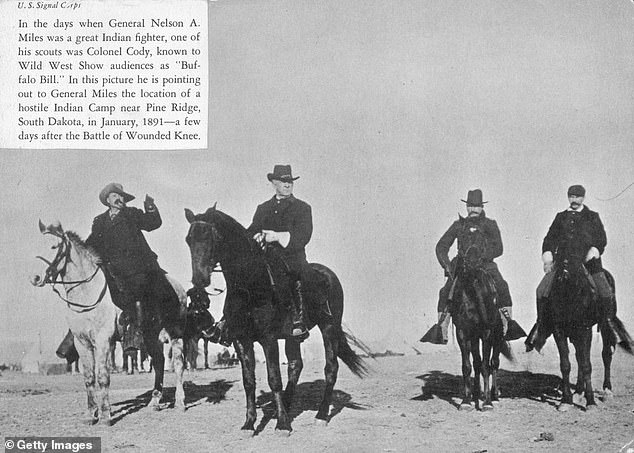
American scout and Indian fighter William Cody (left) with U.S. General Nelson A. Miles and two other cavalrymen near Pine Ridge, South Dakota, a few days after the Wounded Knee Massacre.
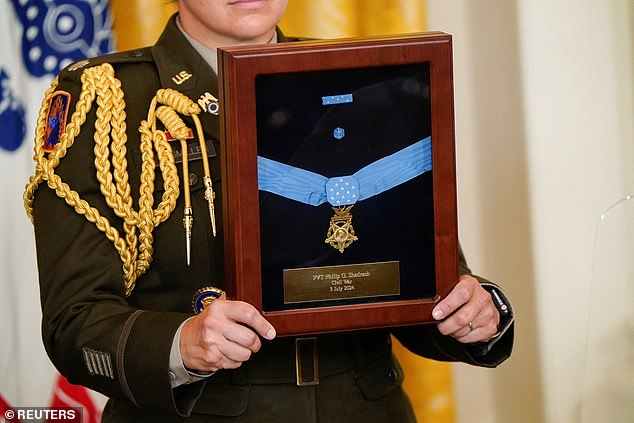
Austin said the panel will review each award. A Medal of Honor is seen here held aloft during a ceremony at the White House.
The order is significant in part because the Medal of Honor has over the years become imbued with a character bordering on sacred reverence.
An official told the outlet: ‘The Medal of Honor is about so much more than being in combat and doing it well.
‘The Medal of Honor is awarded to those who choose to do much, much more than just fight. They demonstrate honor and bravery, a word we don’t use every day.
“There is reason to say that there was no honor present at Wounded Knee that day. That’s why we need this review.”
President Benjamin Harrison had ordered the army to prevent an uprising in South Dakota and attempted to disarm the Lakota tribe.
According to the American version of the story, a deaf tribesman named Black Coyote resisted attempts to disarm him that morning and a shot was fired during the struggle.
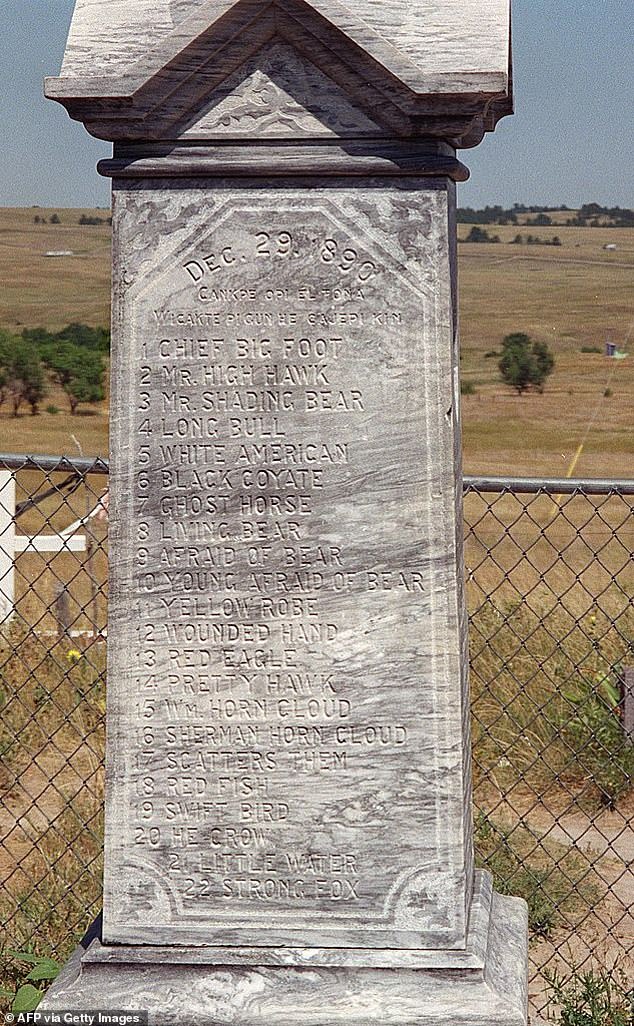
This August 2001 photograph shows a monument at the burial site of Lakota Native Americans killed in the massacre of Dec. 29, 1890.
American troops opened fire in response, and a small number of Lakota fighters who still had weapons fired back.
The 7th Cavalry overwhelmed the Lakota warriors and began firing randomly, killing Lakota Sioux men, women, and children.
Major General Nelson Miles then ordered an inquiry into the massacre and expressed to his superiors his “strongest disapproval.”
In a private letter, he wrote: “I have never heard of a more brutal and cold-blooded massacre than that at Wounded Knee.”
Since then, the site of Wounded Knee has become a place of remembrance for Native Americans.
According to USA Today, the Medal of Honor was the only award available to soldiers at the time.

